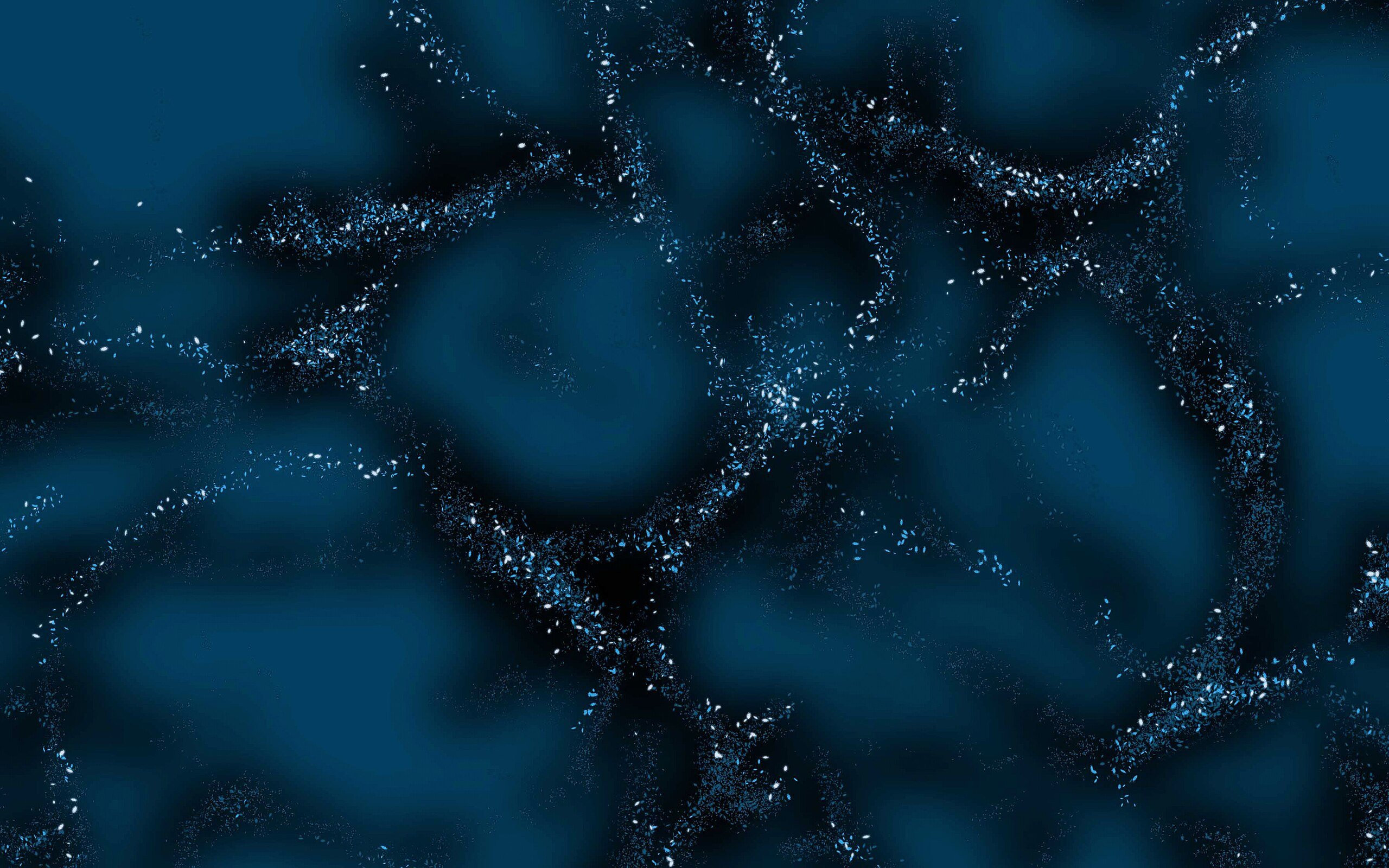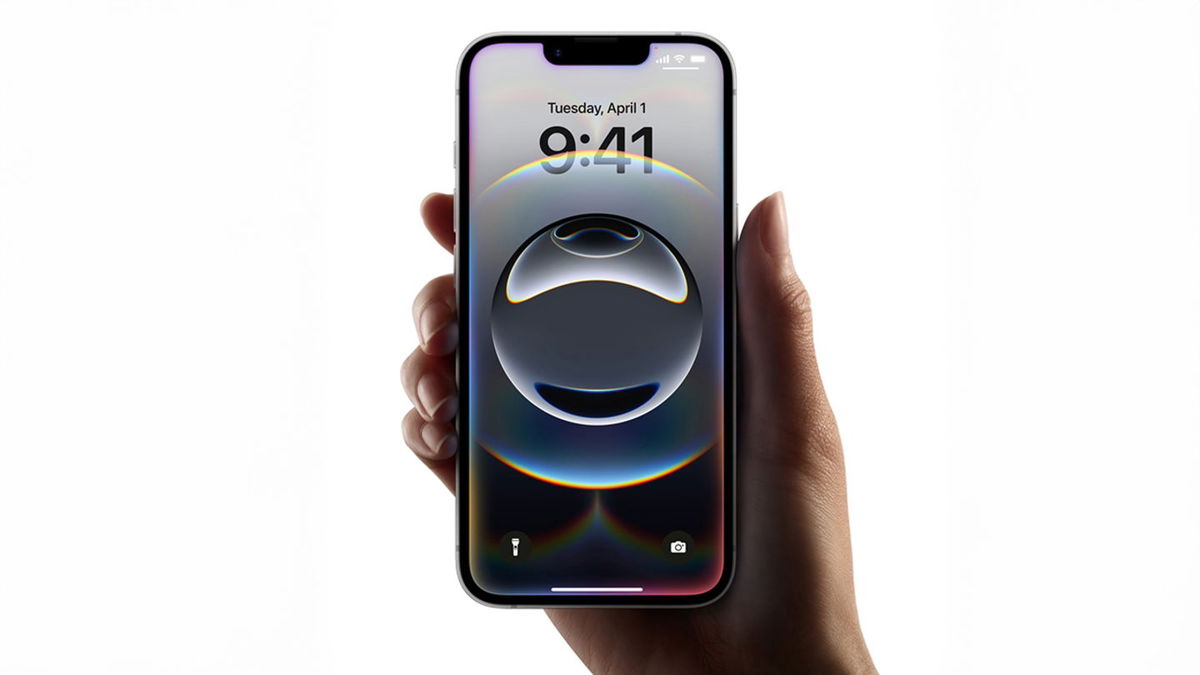rare disease research This is difficult for many reasons. To begin with, it is precisely because of the small number of patients suffering from them that researchers find it difficult to obtain funding for their work. This is the initial task. But even with sufficient funding, difficult to develop treatments, since there are very few patients in whom the development of the disease can be analyzed. However, the solution, according to a group of scientists from Alicante Institute of Neurosciencemaybe in Tooth Fairy.
Ratoncito Perez in Spain is a small animal that leaves gifts under children’s pillows in exchange for their baby teeth. The pulp of these teeth contains stem cells, which can be very useful for studying this type of pathology.
For this reason, the persons responsible for this investigation moved to Ratoncito Perez and began to collect information. baby teeth of children with rare diseases neurological. This will help them obtain neurons with which they can better study the brains of these patients, find the causes of the disease and test different therapeutic approaches. At the moment, the project is in its infancy, but parents have already received requests to start collecting teeth. Of course, they must have just been separated from the gum. In this case, you should not leave them under your pillow all night. It’s for the greater good, so the Tooth Fairy will probably understand.
Stem cells in baby teeth
dental pulp these are the soft tissues of the teeth in which they are located nerves and blood vessels.
As for baby teeth, they also contain many mother cells. That is, cells that have not yet differentiated into a specific cell type, such as liver cells, eye cells, or neurons of the nervous system.
These cells are very rich embryosprecisely because they are in full development, and the various tissues have not yet been formed. The remainder of these stem cells still remains in umbilical cord newborns, so many people donate their babies’ umbilical cords or freeze them in case they have any medical needs in the future.
But there are other parts of the body where stem cells continue to exist. In adults they are found in the bone marrow, and in children they are found in the pulp of baby teeth. In 2019 US National Center for Biotechnology Information published a report on the relevance of these stem cells. They pointed out its importance compared to the umbilical cord, especially for two reasons. Firstly, they can be obtained at different periods of children’s lives, and not just at the time of their birth. Second, they can differentiate into more different cell types.
Today, there are cellular reprogramming mechanisms by which an adult cell can be returned to a stem cell state and from there differentiated into another cell type. However, it is more expensive. WITH dental pulp cellsMany types of cells can be regenerated, saving biopsies in hard-to-reach areas. That is why Spanish scientists decided to use them to study rare diseases.
The best gift from the Tooth Fairy for children with rare diseases
The authors of the study achieved regenerate neurons from stem cells from the pulp of baby teeth of children with rare diseases such as Rett syndrome or leukodystrophy. These are rare neurological diseases. So having a patient’s own neurons can help us better understand what’s wrong with them and, above all, test possible treatments.
Thus, there is no need to test them directly on children. The project is known asRare Disease Tooth FairyAnd there are a lot of hopes placed on him. For these children, curing an illness is a gift a thousand times better than a coin under their pillow.
Source: Hiper Textual













